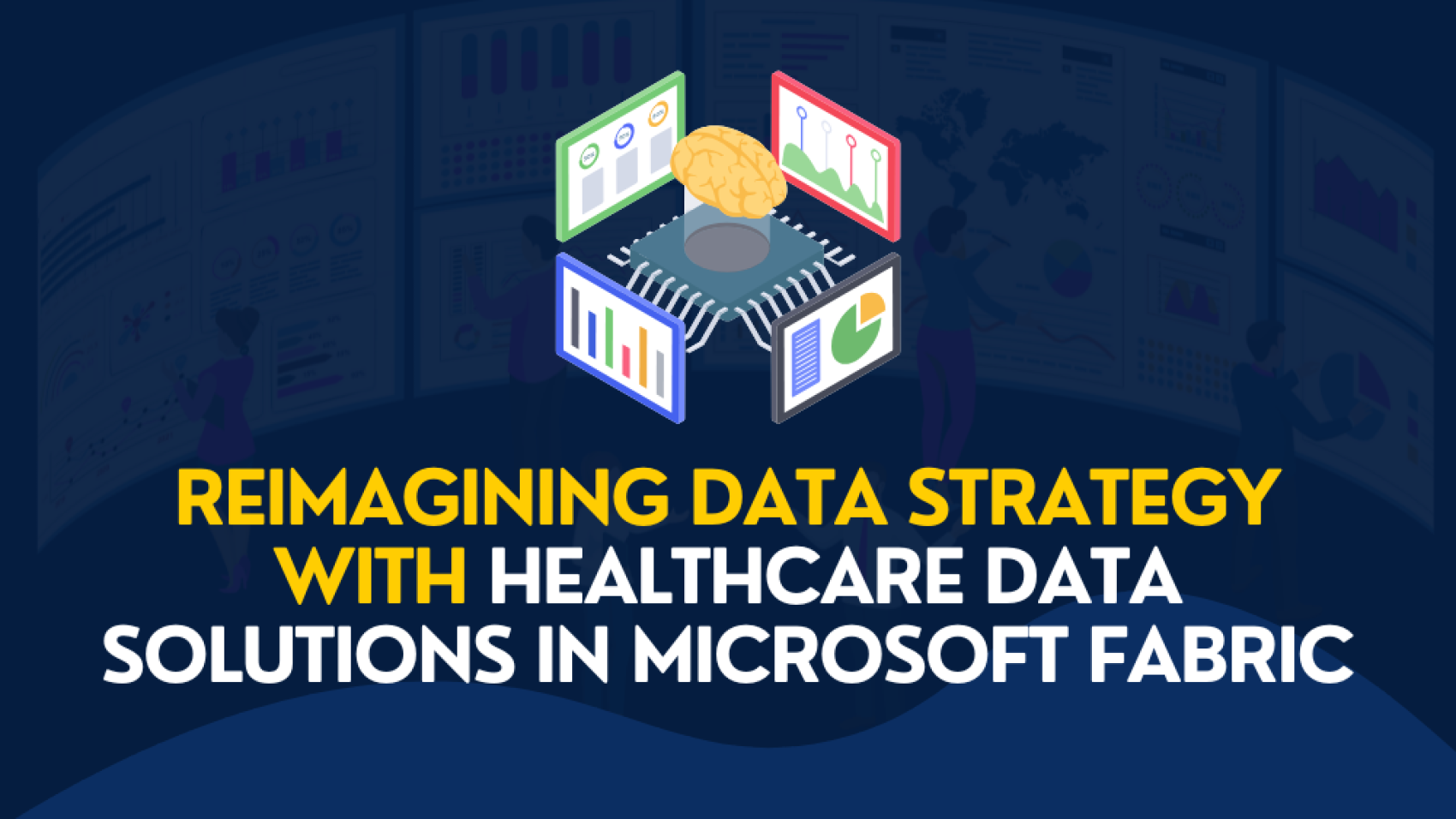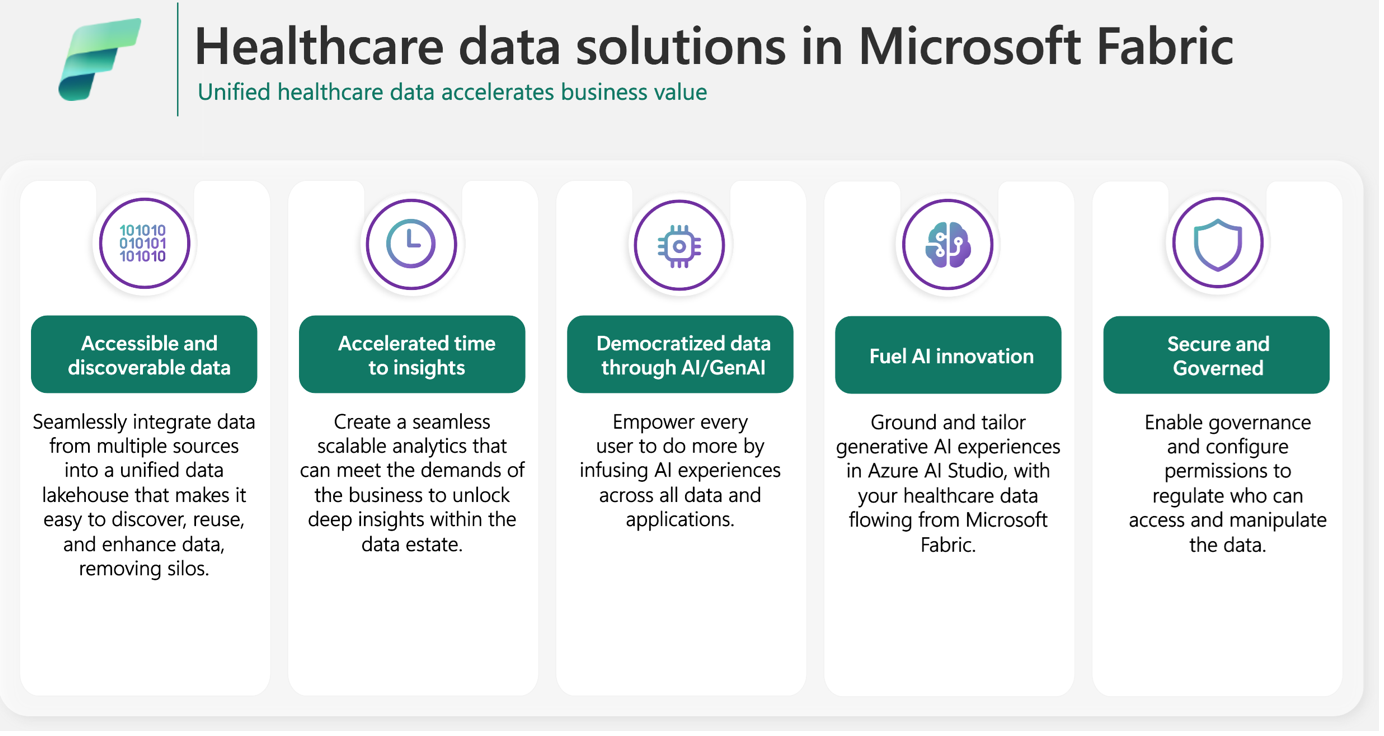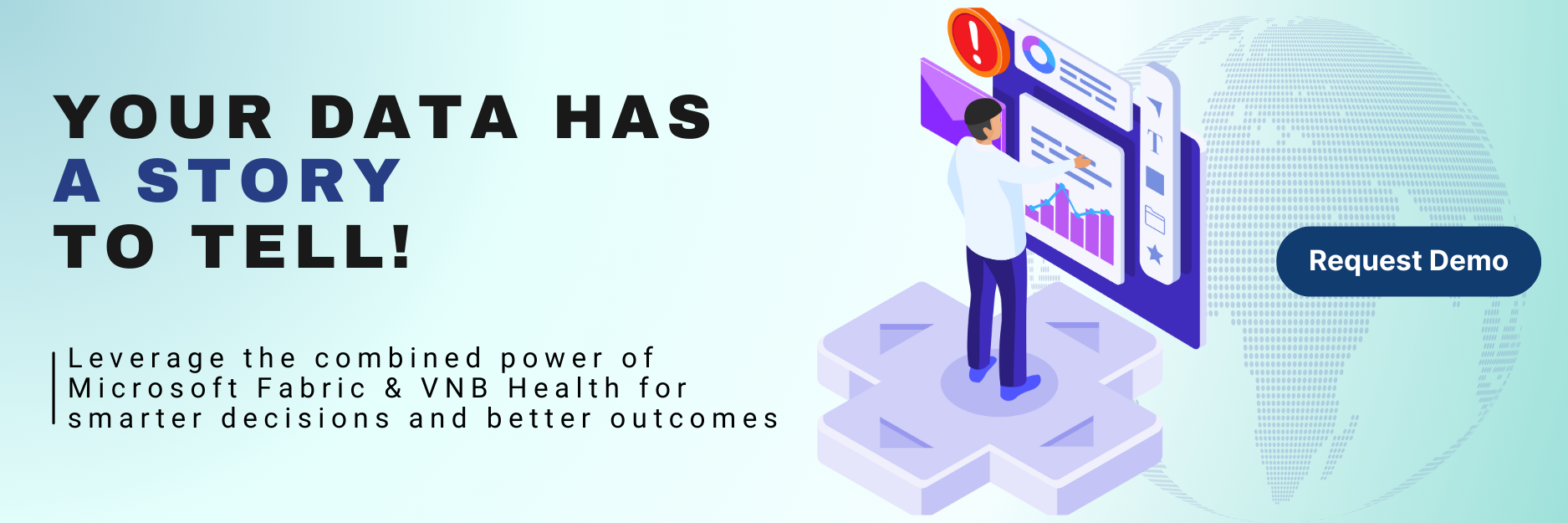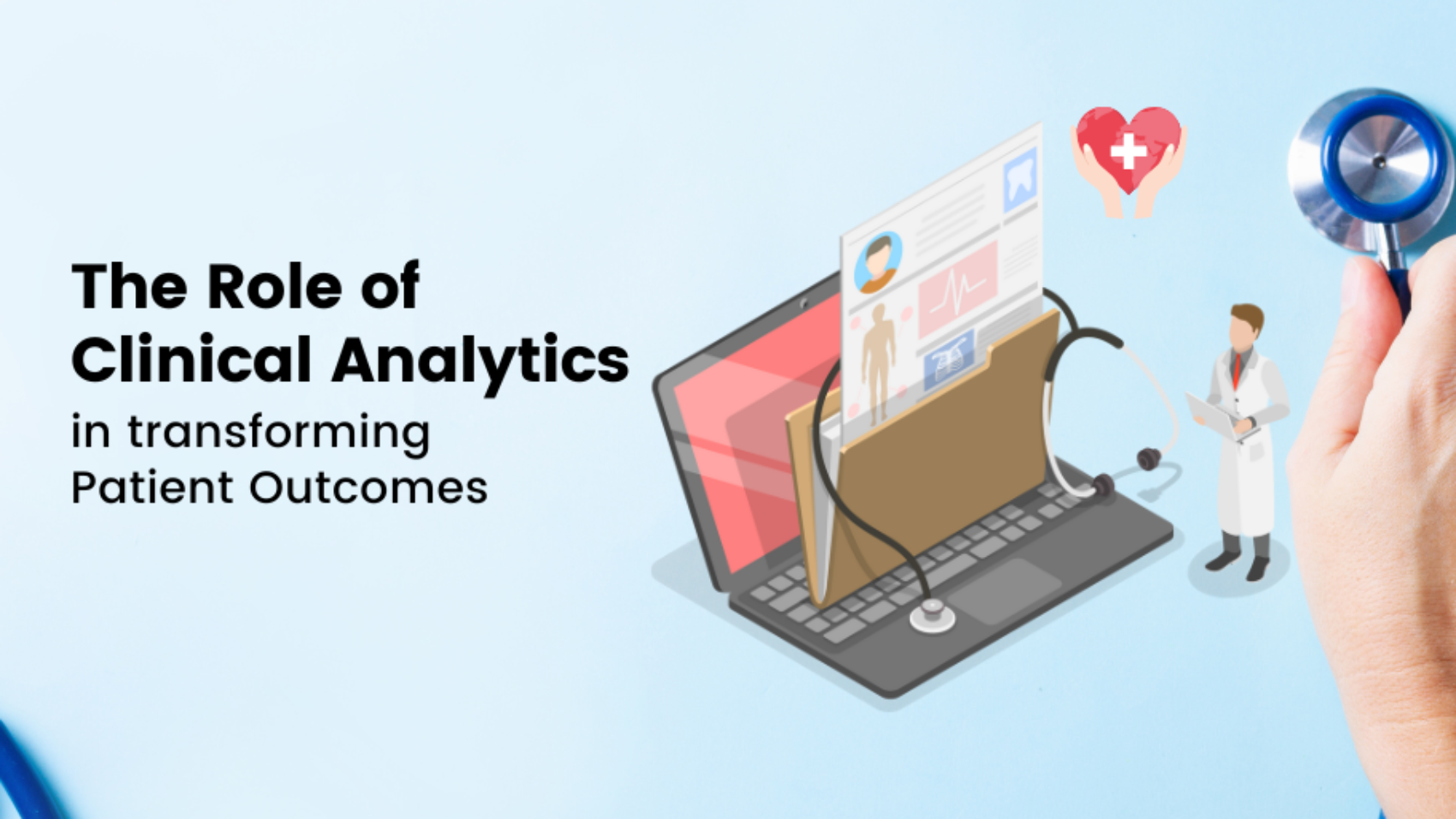Data is healthcare’s most valuable asset — but fragmented, incomplete, or hard-to-access data can cripple decision-making and slow down critical processes. Without timely insights, organizations struggle to improve patient care, manage costs, and maintain operational efficiency.
Enter Healthcare Data Solutions in Microsoft Fabric — a powerful platform designed to unify healthcare data, simplify reporting, and drive informed decisions.
Why Healthcare Organizations Need a New Data Strategy?
Healthcare organizations often face persistent challenges when managing data. Information is frequently scattered across multiple systems, stored in complex formats, and difficult to analyze. This fragmentation limits the ability to uncover meaningful insights — insights that could improve patient care, streamline operations, and enhance financial stability.
Healthcare Data Solutions in Microsoft Fabric addresses these issues by centralizing data from clinical, operational, and administrative systems. It breaks down silos and transforms complex data into actionable insights, helping healthcare providers unlock the full value of their information.
Understanding Microsoft’s Healthcare Data Solutions in Fabric
At the core of Healthcare Data Solutions in Fabric is its Lakehouse architecture — a foundation that consolidates data from multiple sources into a unified platform. This architecture streamlines ingestion, transformation, and storage, making it easier for organizations to manage and analyze data.
By integrating with Azure Health Data Services (AHDS), which supports the FHIR standard, Fabric enables the seamless ingestion of patient and operational data into a secure and centralized repository. This approach simplifies data preparation, making insights readily available for improved decision-making.
Some of the key capabilities that enable healthcare organizations to manage their data efficiently are:
Powerful Data Pipelines: Secure data ingestion and transformation through Fabric’s integration with OneLake ensures data consistency and reliability.
Advanced Analytics & AI Integration: Fabric enables enhanced reporting, predictive analytics, and AI-driven insights, improving clinical decision-making and operational efficiency.
Enhanced Security & Compliance: Built-in governance, role-based access control, and encryption ensure healthcare data is managed securely.
Why Microsoft Fabric Stands Out for Healthcare Providers?
The ability to unify and analyze data in a structured way creates powerful opportunities for healthcare organizations. With Healthcare Data Solutions in Fabric, healthcare providers can:
- Track patient outcomes with greater precision
- Streamline administrative workflows to improve operational efficiency
- Optimize resource allocation to enhance financial performance
Microsoft Fabric stands out because of its technical strength and healthcare-specific capabilities. It integrates seamlessly with EHRs and other critical data sources, ensuring secure data exchange. Its scalability and flexibility help healthcare organizations adapt to changing needs while maintaining performance and reliability.
Whether handling large clinical datasets, financial reports, or operational insights, Fabric provides a strong foundation for healthcare data management.
Taking Healthcare Insights Further
While Microsoft Fabric provides a strong foundation for healthcare data integration, organizations often need more specialized insights tailored to their unique workflows.
This is where VNB’s Healthcare Analytics Solution takes healthcare insights to the next level.
By building on Fabric’s capabilities, our solution provides healthcare organizations with an end-to-end analytics platform designed to deliver deeper insights, improved reporting, and proactive data monitoring.
With VNB Health’s analytics solution seamlessly integrated with Microsoft Fabric, healthcare organizations can move from simply managing data to actively harnessing it — empowering data-driven decisions that improve patient outcomes, reduce costs, and enhance financial performance.
Bringing Healthcare Data to Life with Fabric & VNB Health
VNB Health’s Healthcare Analytics Solution is designed to empower healthcare organizations with deeper insights, improved reporting, and smarter decision-making.
By leveraging a robust architecture, our solution efficiently integrates data from multiple sources such as EHR systems, financial platforms, and admissions records. This seamless integration combines secure data ingestion, structured storage, and advanced analytics capabilities to deliver comprehensive insights — without adding complexity to existing systems.
Built to align seamlessly with Microsoft Fabric, our solution utilizes data pipelines for streamlined data ingestion, scalable storage solutions, and real-time data monitoring to transform raw data into actionable insights. With intuitive dashboards and dynamic reporting tools, healthcare leaders can make faster, data-driven decisions that improve operational efficiency, enhance patient care, and support financial growth.
Our comprehensive platform offers the below specialized analytics solutions to meet key healthcare challenges.
Healthcare Revenue Cycle Analytics
Boost financial stability by improving cash flow visibility and minimizing revenue leakage. Our healthcare revenue cycle analytics solution helps you track revenue cycle KPIs, identify billing inefficiencies, and close payment gaps — ensuring your bottom line stays strong.
- Identify claim denials, billing inefficiencies, and payment gaps
- Gain visibility into the entire billing process to improve cash flow
- Track revenue cycle KPIs for improved financial performance
Healthcare Financial Analytics
Unlock financial insights to better manage expenses, improve payer performance, and predict revenue trends. Our healthcare financial analytics solution empowers healthcare leaders to make informed financial decisions that drive growth.
- Track revenue trends, operating costs, and cash flow
- Identify payment delays, revenue leaks, and financial risks
- Monitor payer performance and enhance reimbursement strategies
Healthcare Clinical Analytics
Improve clinical outcomes by identifying high-risk patients, tracking treatment effectiveness, and predicting readmission trends. With proactive insights, your care teams can focus on what matters most — improving patient care.
- Identify high-risk patients and predict readmission trends
- Monitor clinical performance, treatment outcomes, and quality of care
- Support evidence-based care decisions through proactive insights
Healthcare Admissions Analytics
Ensure smoother patient flow with insights into bed occupancy, discharge trends, and staffing needs. Our Admissions Analytics solution helps hospitals make smarter decisions to enhance patient experience and reduce wait times.
- Track bed occupancy rates, patient admissions, and discharge trends
- Optimize appointment scheduling and staffing needs
- Enhance care coordination by identifying workflow gaps
Your Path to Smarter Data Management Starts Here
In healthcare, data is more than just numbers — it’s the key to improving outcomes, streamlining operations, and driving financial growth. But without the right tools to harness it, valuable insights often remain hidden. By combining Microsoft Fabric’s robust data platform with VNB Health’s Healthcare Analytics Solution, you gain an end-to-end solution designed to unlock insights that improve patient outcomes, streamline operations, and boost financial performance. Don’t let valuable insights remain hidden — take control of your healthcare data strategy today.
Whether you’re managing financial data, tracking clinical outcomes, or improving admissions processes, our solution helps you stay ahead with insights that matter. The best part? It seamlessly aligns with Microsoft Fabric, meaning you can build on an industry-leading platform while gaining enhanced reporting capabilities tailored to healthcare’s unique challenges.
Ready to see how VNB Health can transform your healthcare analytics journey?





